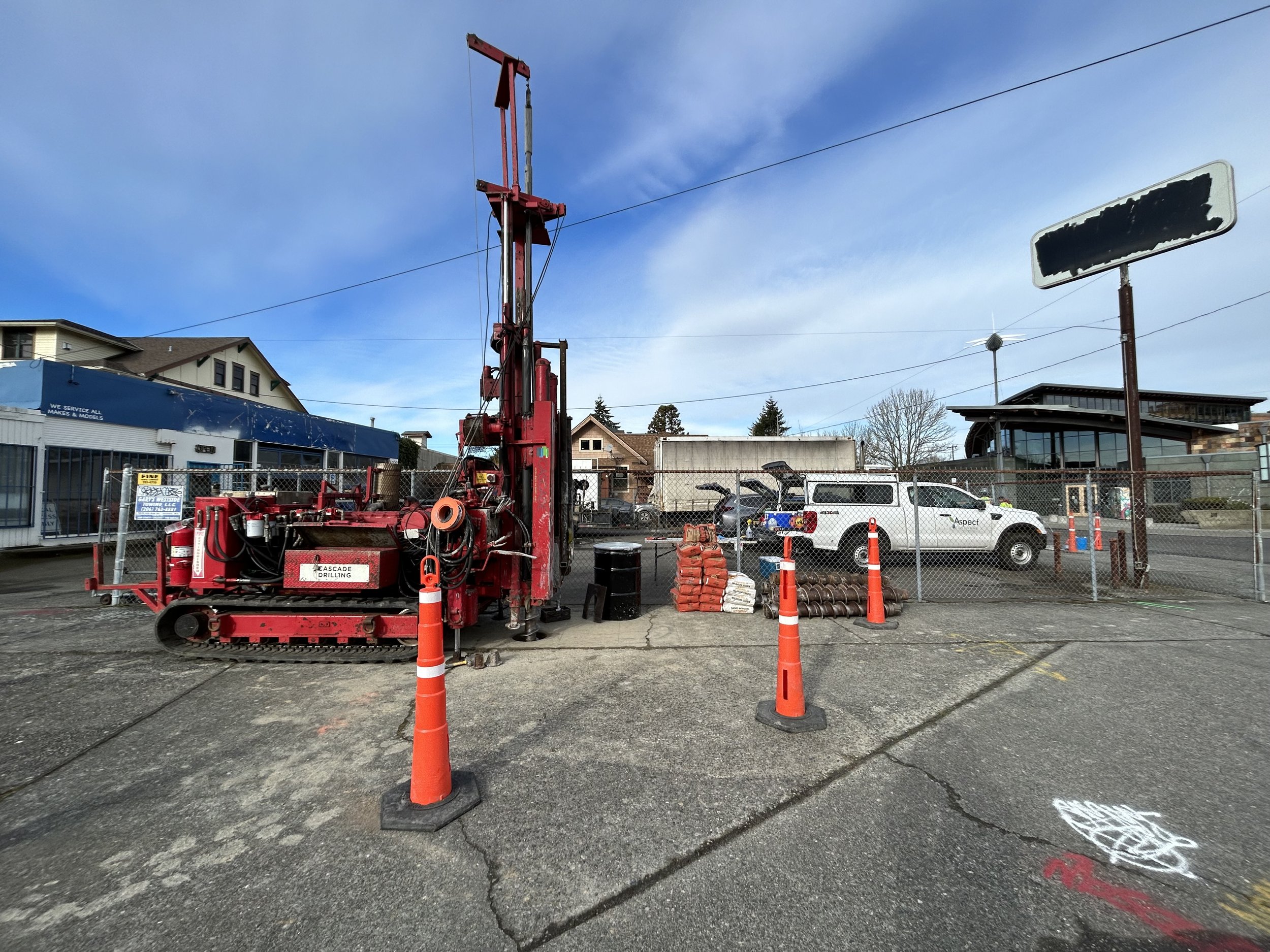May 7-13 is Affordable Housing Week, championed by the Housing Development Consortium to highlight the role affordable housing plays in stabilizing our communities. See a recent affordable housing story below and more of Aspect’s Affordable Housing work here.
Seattle Mayor Bruce Harrell recently announced $13.5 million in grant funding awards though the City of Seattle’s Equitable Development Initiative (EDI) to help community groups among Seattle’s diverse cultural communities purchase properties in neighborhoods where they are at high risk for displacement due to gentrification and redevelopment. The funds are designated “for site acquisition and major capital projects, as well as capacity-building support to organizations that are still developing their plans for permanent spaces in Seattle.”
Among the recipients is Estelita’s Library, a local nonprofit that will receive $2,375,000 to complete purchase of a property to expand their community hub.
“Estelita’s Library is a social justice library, bookstore, and cultural hub focused on uplifting our most marginalized communities,” said Edwin Lindo, co-founder of Estelita’s Library, in the City’s press release. “It has been serving South Seattle through literature, space for communities to organize and build, and fighting gentrification through culture. With this support, Estelita’s Library will be able to fulfill its commitment to acquire property in Beacon Hill; expand its services, space, and library; and ultimately fulfill its vision and commitment of building affordable housing that is grounded in and uplifts community.”
Aspect’s environmental team, led by Associate Geologist Ali Cochrane and Principal Geologist Dave Cook, assisted Estelita’s Library with purchase negotiations and environmental due diligence to assess property conditions. Soil and groundwater at the site is contaminated with petroleum from the property’s decades-long use as gas stations and auto repair shops.
Drill rig installs a monitoring well at the property Estelita’s Library is looking to purchase for their new community space. Aspect will sample these wells to gauge the level and extent of contamination in site groundwater.
Our team helped Estelita’s Library procure over $125k in planning grants from Ecology’s Brownfields Grant program to fund these efforts. We will support them through the upcoming application process for a grant from Ecology’s Affordable Housing Cleanup Grant program, which will fund the planning and design phases of the cleanup in concert with property redevelopment.




